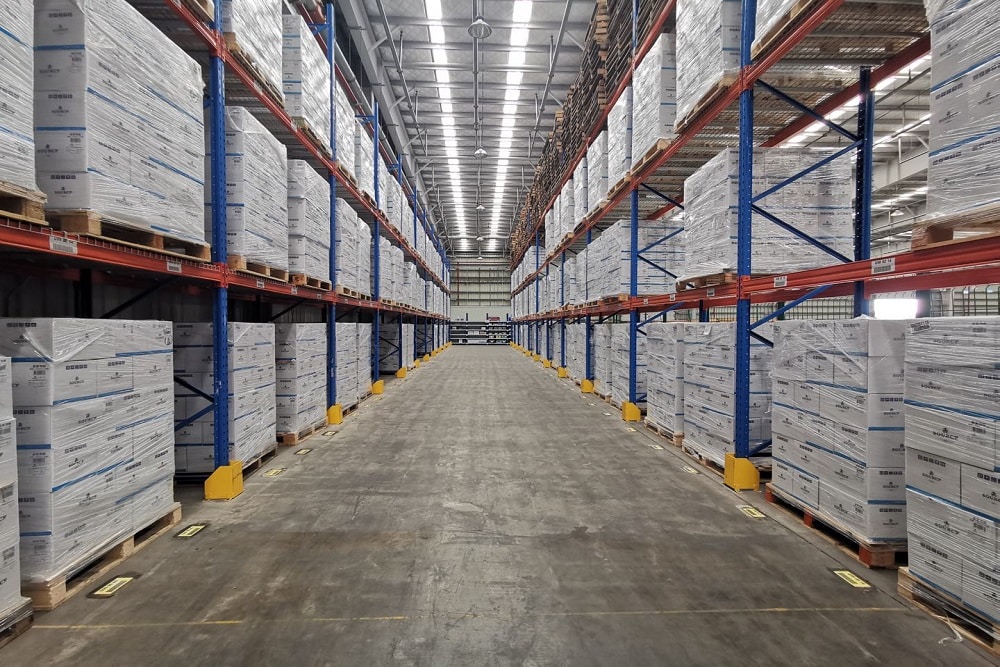Logistics efficiency has come to be invoked not as an option anymore but as an absolute necessity. Movement of goods from point A to point B must now be assured by companies with backing from systems that are quick, accurate, and resilient. Hence, electronic transport can leap over the edge with a real advantage, bringing control, visibility, and speed to the movement of goods. At the same time, the warehousing transport is key to the actual physical transfer of product either inside or between storage facilities to keep inventory where it is supposed to be at all times.
Synchronizing Movement and Storage
One major challenge in logistics is reconciling transportation and storage. Electronic Transport duly facilitates real-time communication between carriers, logistics coordinators, and storage facilities so that goods are dispatched, tracked, and received in an accurate manner. Thereby, not only do delays get reduced, but the customer satisfaction is also enhanced by keeping delivery on schedule.
 Conversely, warehouse transport concentrates on the efficient handling of goods inside and between warehouses. This guarantees that products are loaded, unloaded, stored, and retrieved properly in order to minimize the chances of stock misplacement and errors in order fulfilment. This kind of transport, when combined with the other, creates a continuous, reliable flow in logistics.
Conversely, warehouse transport concentrates on the efficient handling of goods inside and between warehouses. This guarantees that products are loaded, unloaded, stored, and retrieved properly in order to minimize the chances of stock misplacement and errors in order fulfilment. This kind of transport, when combined with the other, creates a continuous, reliable flow in logistics.
Enhancing Supply Chain Visibility
Modern supply chains are data-driven. Electronic transport systems offer the greatest support by collecting detailed real-time data along the entire journey of goods downstream, including location tracking, delivery confirmations, route optimization insights, and delay alerts. Such visibility enables logistics managers to closely monitor operations and proactively adjust.
At the same time, Warehousing Transport provides critical visibility into how products move within the storing environment. Each movement is recorded and traced, from inbound receipt to outbound dispatch. When warehousing systems are married to transportation data, companies enjoy a complete view of their supply chains from beginning to end.
Strengthening Coordination Across Networks
Considered in the increasingly complex logistics network, coordination is possible with electronic transport, which facilitates the effective involvement and communications of multiple parties-involved parties such as suppliers, carriers, and Downstream-using customers. Timely updates eliminate bottlenecks and better resourcing and guarantee that all affected parties are on the same page while also having access to the information at hand.
In the meantime, warehouse transport fortifies operational coordination through aligning workforce activity, usage of equipment, and availability of space. Goods are moved efficiently inside the warehouse between several storage sites and help meet deadlines and optimize loading operations. Such transportation modes would enhance cross-functional collaboration of the logistics ecosystem.
Supporting Scalable Growth
As businesses grow, their logistics operations expand in parallel without sacrificing service levels. Electronic transport facilitates such scalability: it allows flexible scheduling, real-time adjustments, and continuous communications across numerous shipping lanes or service providers. Whether regional, national, or global delivery, the electronic systems quickly adapt to increased demand.
Warehousing transport has also scaled well as it adapts workflows internally, optimizes spaces, and improves load sequencing. Order volume increases, yet the systems keep order and flow in a storage environment. In both capacities, electronic and warehousing transport provide a sturdy foundation for long-range business development.
Improving Accuracy and Reducing Risk
Precision plays a significant part in logistics; a mere error can send the whole trouble down the line. Electronic transport has reduced these errors by providing documentation in a digital format, automatic updates, and reduced manual input. Shipment information is now consistent, accurate, instantaneously available, and thus, very reliable and free from claims.
At the same time, warehousing transport restricts risks associated with mismanaging inventories. Accurate records of movements for every product and solid routing procedures keep away misplaced stock as well as incorrect shipments. Such consistency in handling translates into better overall operation risk control due to reduced operational risk incidence for the whole operational cycle.
Driving Long-Term Competitive Advantage
As logistics itself has become a strategic differentiator, investments in systems that improve flow and accuracy should be made. Electronic transport lays the foundation for intelligent logistics as it enables faster decision-making, improved relationships, and continuous improvement. Networked systems are synchronized with market demands.
Warehousing transport further strengthens that base by providing better inventory management, less storage errors, and ensuring efficient throughput. All these systems promote logistics transformation from a cost center to a source of competitive strength. Such businesses operate in the best position to respond to changes that deliver benefits consistently.
Conclusion: Integrating Electronic and Warehousing Transport for Smarter Logistics Operations
In other words, electronic transport is real-time oversight, optimized routing, and enhanced coordination across logistics operations. Warehousing transport provides this complementary dimension of timely, streamlined, and accurate product flow within and between facilities. Thus, these systems come together to form the bedrock of modern logistics, enabling efficiencies, reliable deliveries, and long-term business resilience.

 简体中文
简体中文 Nederlands
Nederlands